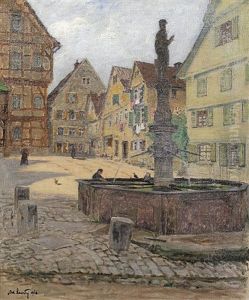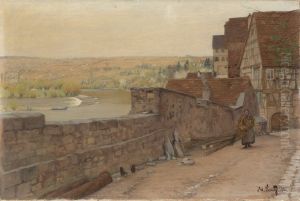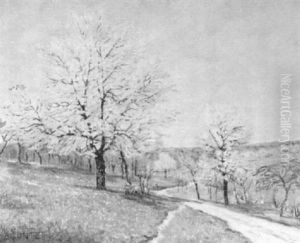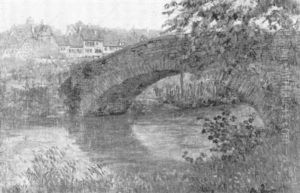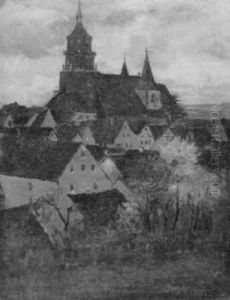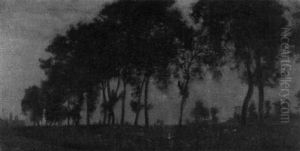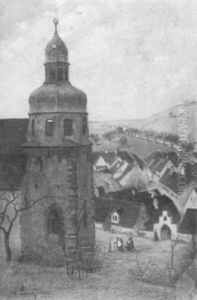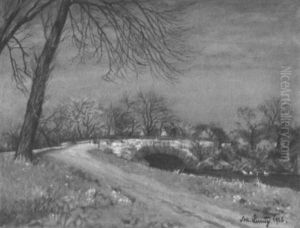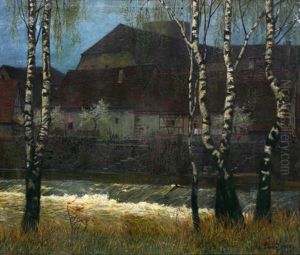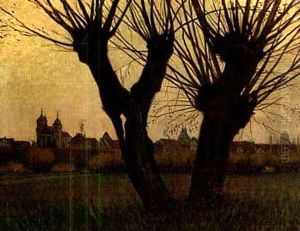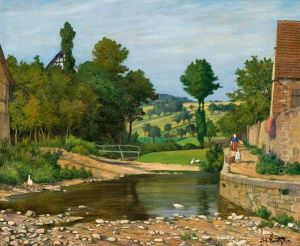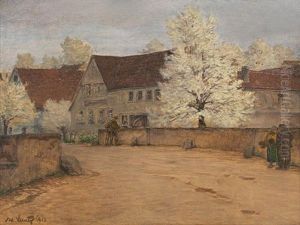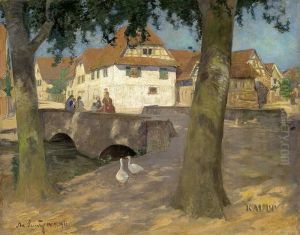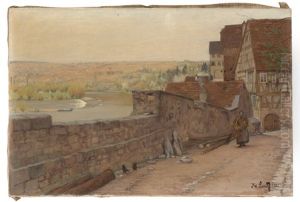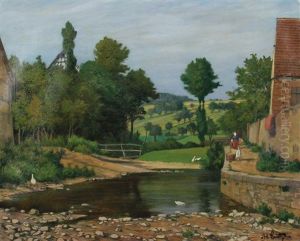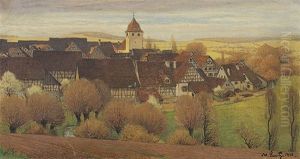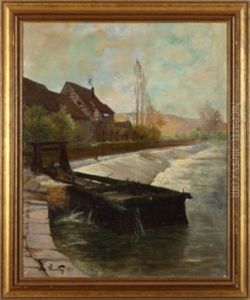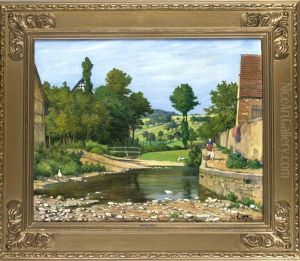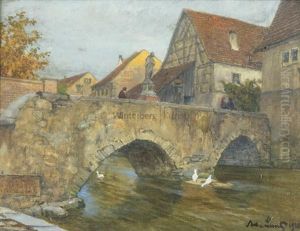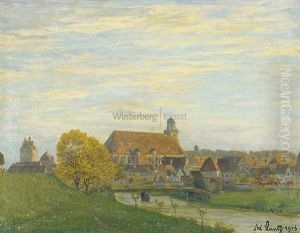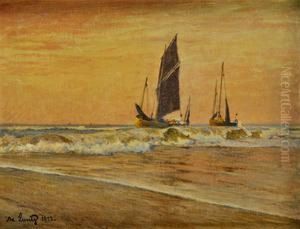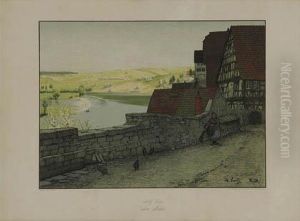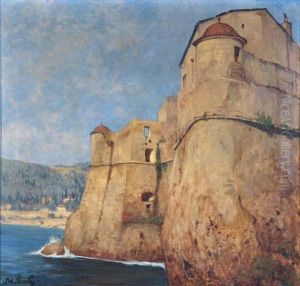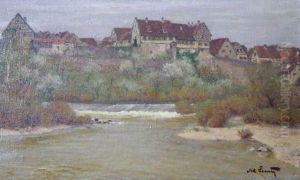Adolf Luntz Paintings
Adolf Luntz was an Austrian painter and graphic artist, born on June 8, 1875, in Vienna, Austria. His artistic journey began at the Academy of Fine Arts Vienna, where he studied under influential figures such as Christian Griepenkerl. Luntz's work was shaped by the vibrant cultural scene of Vienna at the turn of the century, a period known for the emergence of Modernism and the Secession movement, led by artists like Gustav Klimt and Egon Schiele.
Luntz's art was characterized by a blend of academic painting techniques and a growing interest in the expressive potentials of color and form, which reflected the broader shifts occurring in the art world at the time. His early works were marked by a traditional approach, but as he matured as an artist, he adopted more contemporary elements, possibly influenced by the Art Nouveau style and the avant-garde spirit of the era.
Despite his connection to these significant movements, Luntz did not gain the same level of fame as some of his contemporaries. His work was eclectic, ranging from portraits and landscapes to genre scenes and historical paintings. He showed a particular interest in capturing the essence of his subjects, striving to convey their emotional depth and psychological complexity.
Adolf Luntz's career progressed through the challenging times of World War I and the interwar period. During these years, his style continued to evolve, and he participated in various exhibitions, though his work never achieved the prominence of some of his peers. Luntz's life and career were tragically cut short when he was killed during a bombing raid in Vienna on February 3, 1943, during World War II. Today, his legacy is reflected in the collections of Austrian museums and galleries, where his pieces are recognized for their contribution to the rich tapestry of Austrian art history.
